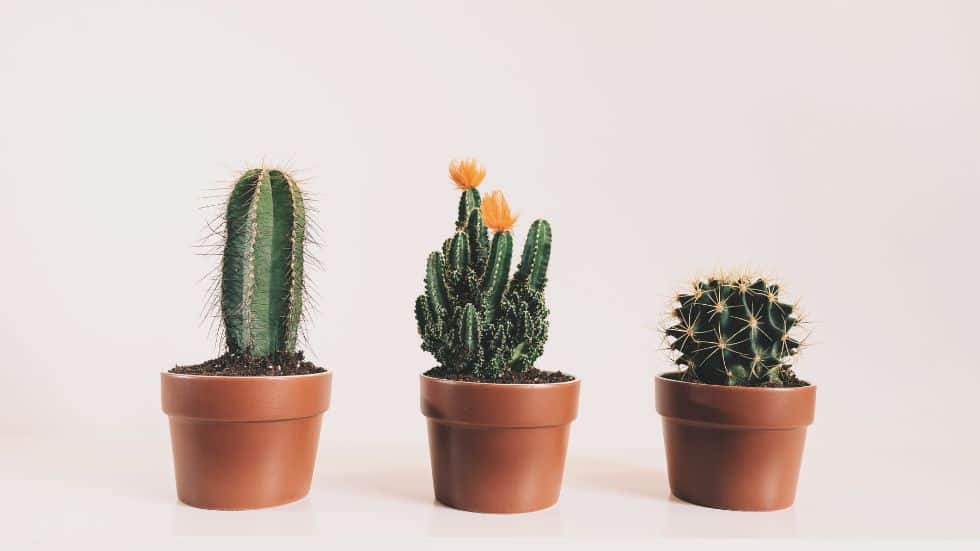The cactus plant, scientifically known as Cactaceae, is a unique and fascinating member of the plant kingdom. These plants are renowned for their ability to thrive in arid and hostile environments, making them a symbol of resilience and adaptation. With their distinctive appearance and impressive range of species, cactus plants have captivated the attention of botanists, horticulturists, and enthusiasts alike. In this article, we will delve into the world of cactus plants, exploring their characteristics, different species, care tips, and the various uses they offer.
Characteristics of Cactus Plant
1. Succulent Adaptations
Cactus plants are characterized by their succulent nature, meaning they have specialized water-storing tissues that allow them to survive in dry conditions. This adaptation makes them excellent plants for arid regions and drought-prone areas.
2. Spines and Thorns
One of the most notable features of cactus plants is their spines and thorns. These modified leaves or stems serve several purposes, including protection against predators and reducing water loss through transpiration.
3. Flowering Abilities
Contrary to popular belief, cactus plants are not solely known for their spiky exterior. Many species of cacti produce stunning and vibrant flowers, which often bloom for a short period. These flowers attract pollinators such as bees, butterflies, and birds.
Diversity of Cactus Plants
1. Desert Cacti
Desert cacti are the most common and widely recognized cactus species. They are typically found in arid regions like the deserts of North and South America. Some famous desert cacti include the Saguaro, Barrel, and Prickly Pear cacti.
2. Epiphytic Cacti
Unlike desert cacti, epiphytic cacti do not grow in the ground but instead attach themselves to trees or rocks. These cacti obtain nutrients and water from the air and rain, making them highly adaptable. The Christmas Cactus and Orchid Cactus are popular examples of epiphytic cacti.
3. Columnar Cacti
Columnar cacti are characterized by their tall, upright growth habit, resembling columns or pillars. These cacti often have branching arms and can reach impressive heights. The Organ Pipe Cactus and Cardón Cactus are well-known columnar cactus species.
Caring for Cactus Plants
1. Light Requirements
Most cactus plant thrive in bright, indirect sunlight. However, it is essential to avoid exposing them to intense, direct sunlight for prolonged periods, as it can lead to sunburn and damage the plant.
2. Watering
Cactus plants have unique water requirements due to their succulent nature. It is crucial to allow the soil to dry out completely before watering to prevent root rot. During the active growing season, water sparingly, and reduce watering in the dormant period.
3. Potting and Soil
Cactus plants require well-draining soil to prevent waterlogging and root rot. A mixture of sand, perlite, and potting soil provides the ideal conditions for cactus growth. Additionally, choosing a suitable pot with drainage holes is essential for proper water drainage.
Uses of Cactus Plants
1. Ornamental Purposes
Cactus plants have long been appreciated for their unique and aesthetically pleasing appearance. They are often used as ornamental plants, adding a touch of desert beauty to gardens, homes, and even office spaces.
2. Medicinal Values
Certain cactus species possess medicinal properties and have been traditionally used for various purposes. For example, the prickly pear cactus has been utilized in traditional medicine for its anti-inflammatory and antioxidant properties.
3. Culinary Delights
Some cactus plant, such as the Opuntia species, produce edible fruits known as prickly pears. These fruits can be consumed raw or used in various culinary preparations, including jams, jellies, and beverages.
Read More : The Lavender Plant: A Versatile and Beautiful Herb
Conclusion:
The cactus plant is a remarkable botanical wonder that has captured the attention of people worldwide. With their unique adaptations, diverse species, and captivating appearance, cactus plants stand as a testament to nature’s resiliency. Whether used for ornamental purposes, medicinal values, or culinary delights, cactus plants offer a range of benefits and opportunities. By understanding their characteristics, caring for them appropriately, and appreciating their beauty, we can fully embrace the allure of these remarkable plants.





